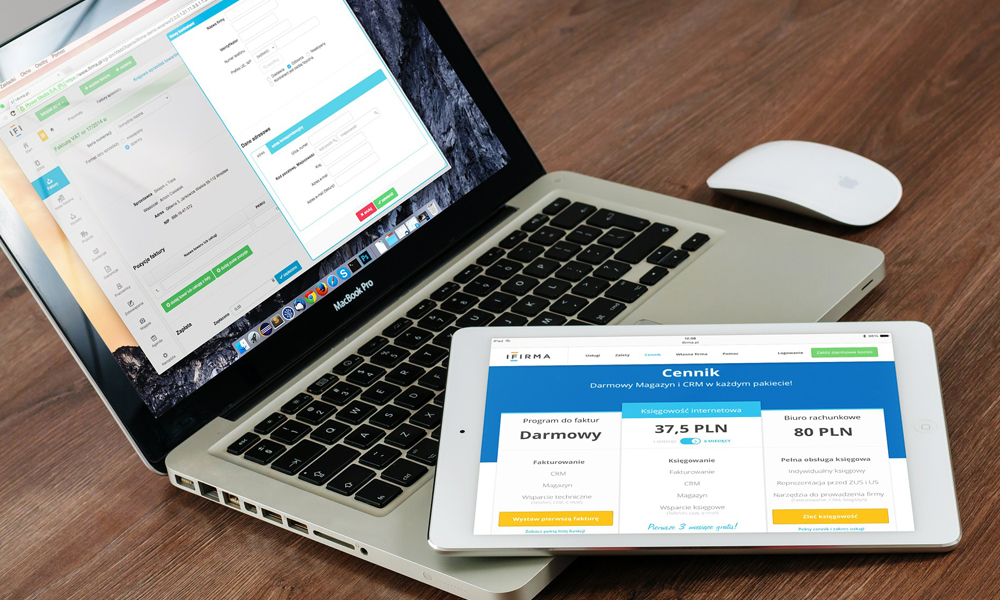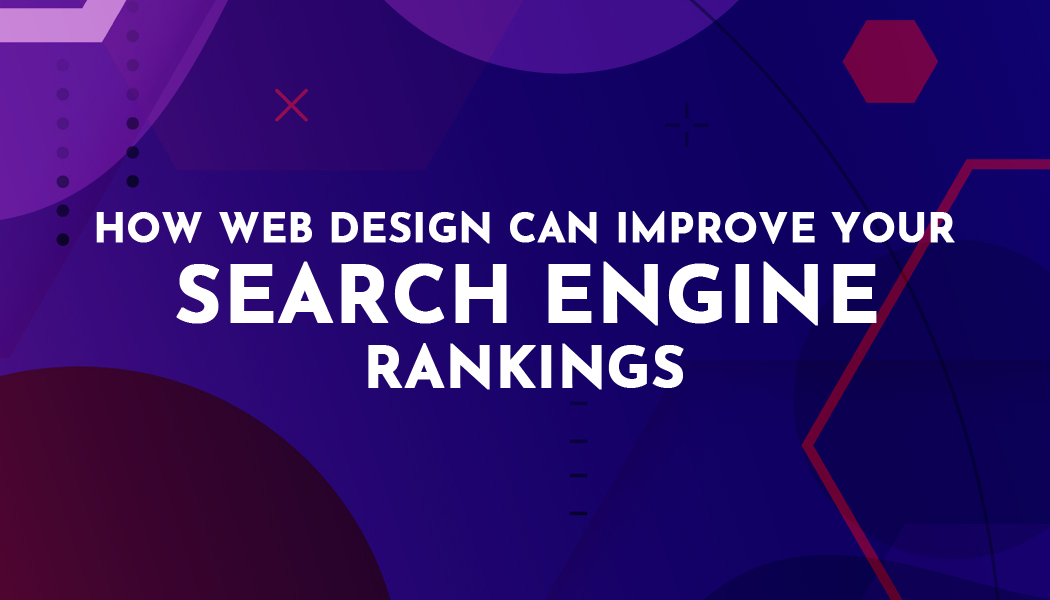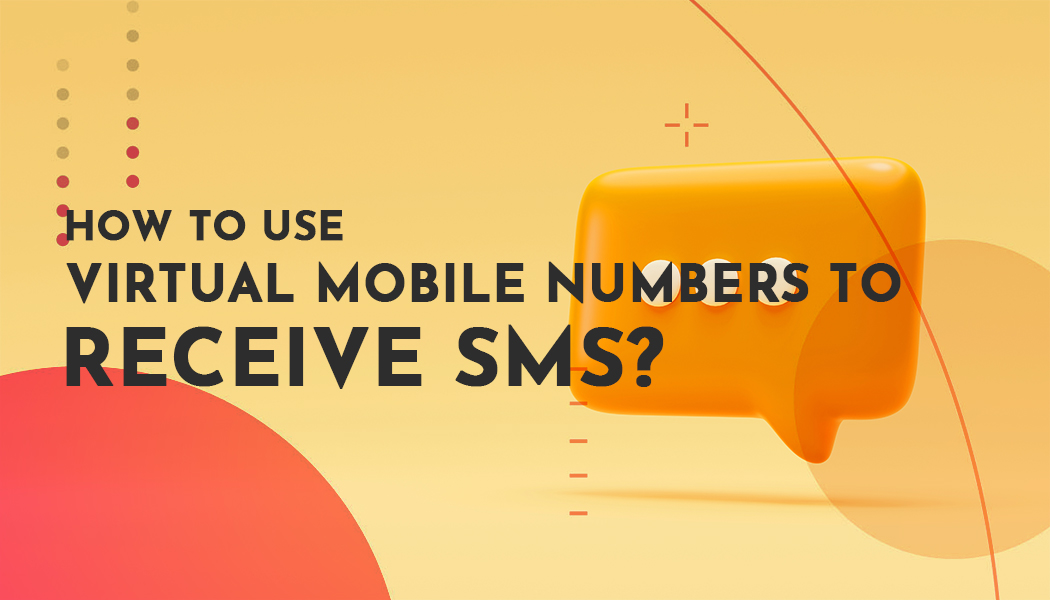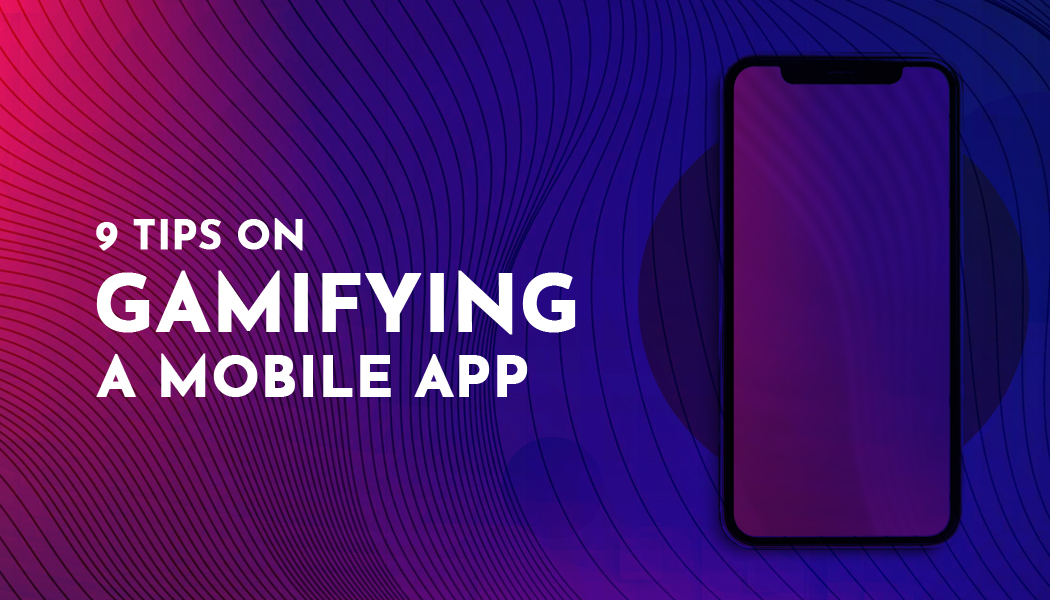How Web Design Can Improve Your Search Engine Rankings
The Value Of Redesigning Your Website
Something a lot of people have failed to realize is that websites should be “living” software. Think about it critically: when is the last time you opened up a website built in the 1990s? Isn’t that site quaint, funny, hard to navigate, irritating to browse through, and clearly from an earlier time? The older the website, the funnier it looks.
It’s not just about design aesthetics. Certainly we understand that things change over time. A billboard from 1950 and a billboard from 2020 are going to have different fonts, different colors, different print quality, and likely even if they advertise the same products, they’ll be courting different audiences. But then, that’s traditional marketing.
Styles, that which is popular, and aesthetic best practices shift as fads come and go. However, software design takes things even further owing to compounded computational capability. In 1990, you couldn’t have a video on your webpage. By the end of the nineties, videos on pages were possible, but required the highest tech to view.
By about 2010, video had become downright prolific online. As smartphones, Internet of Things (IoT) devices, and cloud computing gained prominence, livestream video began to take HD quality, and such developments continue to compound. Sites today are different. So with that in mind, here we’ll explore how new site design might just improve SERP rankings.

First: What Are SERPs?
The SERP acronym we’re discussing here stands for Search Engine Results Page. Go into a search engine, type in a query. The results that pop up on your browser represent the first SERP. When you scroll down and have the option of clicking on additional pages, those are subsequent SERPs.
People don’t tend to click past the first page, so if you don’t rank there, you’re essentially invisible. Multiple things can affect SERP ranking, among them site design, keywords, overall visibility, and online footprint.
Second: How Do You Rank Higher On SERPs?
There are quite a few different ways to increase SERP rankings, and almost all of them will involve augmenting primary websites one way or another. First, you want to assure the site design of your page is up to date in a way matching contemporary trends as regards design and navigability.
You need a site-map, this is often in the form of a scroll-down menu on the top right or top left of the page. Chatbots are a good idea, but they need to be in a place where when they pop up on a browser screen, they don’t occlude other important information to the frustration of visitors. Put a little “X” in the top right corner so such boxes can be quickly closed.
Many pop-ups are “aping” chatbot windows, and this likely means a new trend is on the horizon, as such bots—though effective—are being ignored by those visiting websites owing to their propensity for spam-based fraud. If you had a chatbot that worked, now may be the time to upgrade your site and be rid of it—yet another reason to stay contemporary in design.
Something else you’ll want to do is check out Redesign, and sites like this, to see what’s presently trending, why, and how to upgrade. Your site needs to be up-to-date, you need to avoid things visitors don’t like, and you want keywords facilitating visibility. Geo-locating keywords helps foster visibility and relevance. Also, use “HTML” and “meta” tagging, as well as backlinks.
Third: The Mobile Factor
More people interact with the web today through mobile devices than traditional stationary computers, like desktops. Laptops are still kind of in the “desktop” category, owing to their size and lack of portability. Smartphones, tablets, smartwatches, smartcars, smarthomes, and varying other IoT areas have become exceptionally definitive.
While many IoT devices have no interface to show websites, many more have just such capabilities. Even “smart” refrigerators can access the internet now, and you can navigate through a variety of associated web windows. Have you heard of Roku? These little devices are the size of a thumb drive, and you can navigate through YouTube with ease using them.
Your website needs to be optimized for more devices than simple desktop computers. Certainly, you need your site to be accessible through traditional desktop devices, but mobile site design is something that makes sense to prioritize. If someone visits your site on a smartphone and the text is too small, and they can’t interface with anything, that’s annoying.
If they type in "podiatry in Chicago", and your site is from the 90s, they'll go with a competitor from the SERPs. In all likelihood, they'll never visit your site again. However, if they follow a link to your site and have no trouble navigating with their smartphone, then they're more likely to return. If you haven't already, your next step in site design is mobile optimization.

Fourth: Novelty And Trendsetting
There are new trends that will catch on, and new trends which will sink without a ripple. Which defines your website can be a tricky proposition. If you're properly "cutting edge", what you do on your website will "trickle down" to similar businesses who have similar websites. They'll follow your lead, and this will help establish you as a leader in your industry.
However, by the same token, you might be weighing your site down with a bunch of unnecessary "confetti" that proves more of an annoyance than any sort of marketing prescience, as was likely hoped when the transition happened. Unless you really know how things are, and how they're going, it's wisest to follow known best practices and avoid the risk.
Rather than using a standard theme which millions of other businesses use, why not work with a leading web design agency in Dubai and create something that is truly your own. Yes, it might take longer and you might have to go through several iterations, but you will have something that is integral to your brand and reflects the principles of your business. Website design needs to be innovative and attractive. This will help potential customers engage with your website.
Ranking Better Through Updated Web Design
You might set a trend with your website, or have some novelty that makes your site more interesting. This is risky, but it's a tactic that could be useful. Additionally, don't rule out the mobile factor. Optimizing your site for mobile interaction will make it more visible, and this will help in its rankings overall.
Next, paying careful attention to SERPs is important in determining where you presently stand, and how you can change that. Search Engine Optimization (SEO) techniques applied to your site help facilitate visibility. Altogether, utilizing known best practices in site design will increase visibility overall, and there are things you can do right now to optimize this direction.




